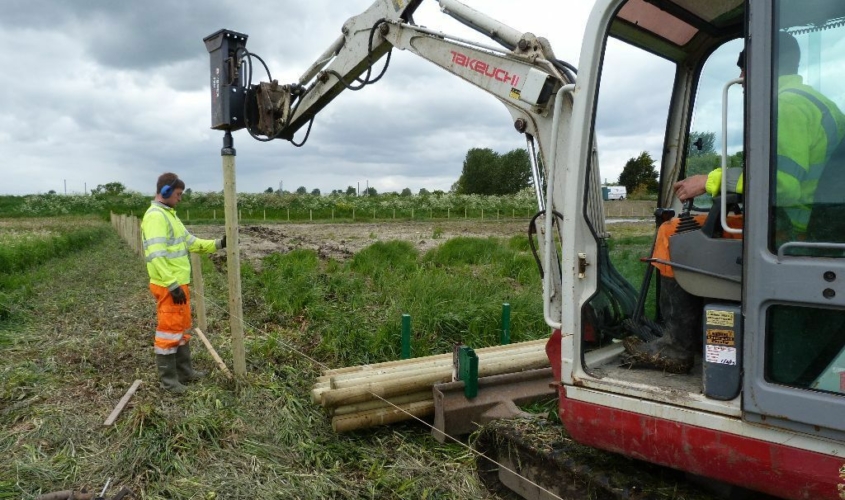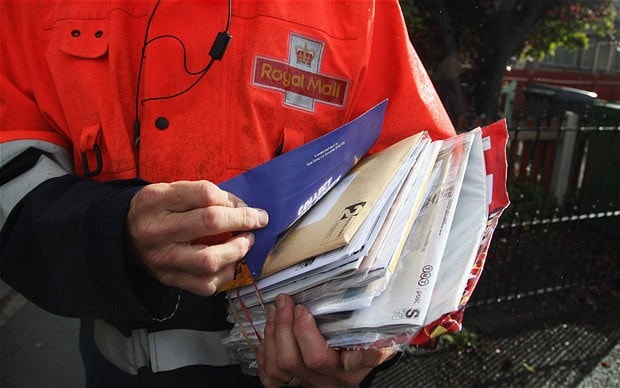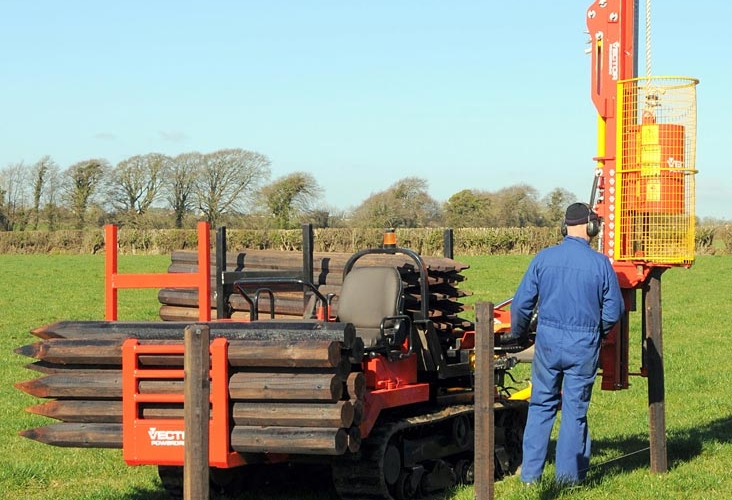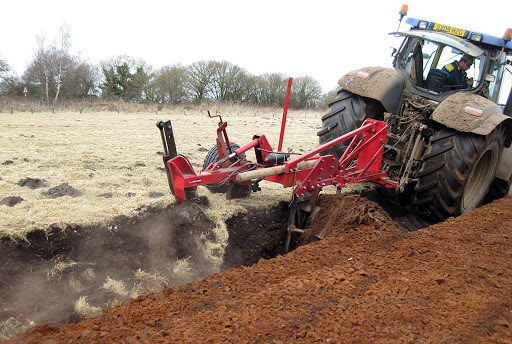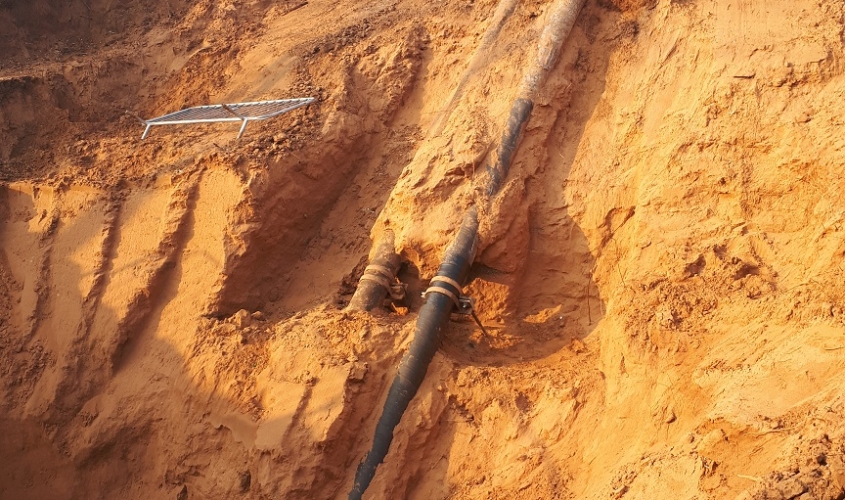Each year we write to the landowners and tenants along our network of more than 1000km of buried oil pipelines that transport fuel cross-country and at high pressure. This helps us ensure we have the correct contact details should we need to contact them in an emergency, and it also provides us with an opportunity to remind them of the support we offer and the best practice when operating near to the pipelines.
The buried pipelines are needed to supply fuel to distribution terminals and major airports across the country. Transporting fuel via buried pipelines remains the most environmentally friendly way of moving fuel, however they remain susceptible to damage if works are undertaken near them without adherence to our pipeline safety guidelines. Damage caused to the pipeline could prove not only costly but potentially fatal.
Landowners run the risk of damaging buried oil pipelines if they do not follow our advice and guidance. Pipelines don’t always run in straight lines between marker posts and so we ask landowners to contact the team if they are unsure of a pipeline’s location. We are happy to visit site and mark out the exact location of the pipeline.
The Pipeline Safety Regulations 1996 states that no person shall cause such damage to a pipeline as may give rise to a danger to persons. People are therefore asked to maintain a minimum distance of 3m from buried pipelines when installing fencing, clearing ditches or undertaking any works that may cause disruption to the ground above the pipeline.
Breaking these conditions can lead to prosecution, injury or even death. Should there be an incident, those commissioning the works (or their contractor) are responsible for any liability under the Health & Safety at Work Act 1974. Damaging a buried pipeline can also cause environmental damage whether to the soil, water and the atmosphere which is likely to lead to prosecution by the Environment Agency. The repair and subsequent clean-up costs of a pipeline incident are typically in the region of £10m.
BPA is empowered to stop all works near the pipeline if it is considered to be unsafe to the pipeline, however we recognise that works near our pipelines are often necessary and that is why our Lands Team is available to support landowners in undertaking those works safely.
Before starting any works near to pipelines, please contact BPA free 24/7 on 0800 585 387 to arrange for a free site meeting. Always Know What’s Below before starting any works in the vicinity of buried pipelines.

